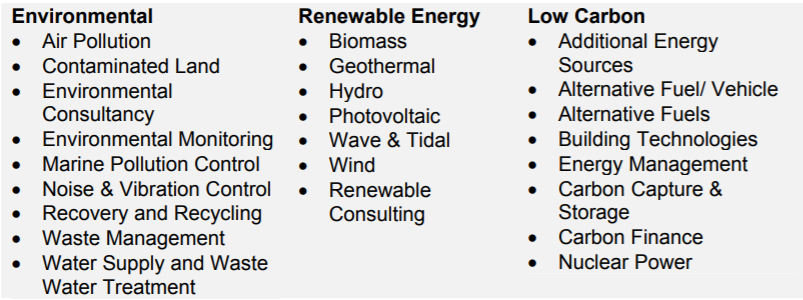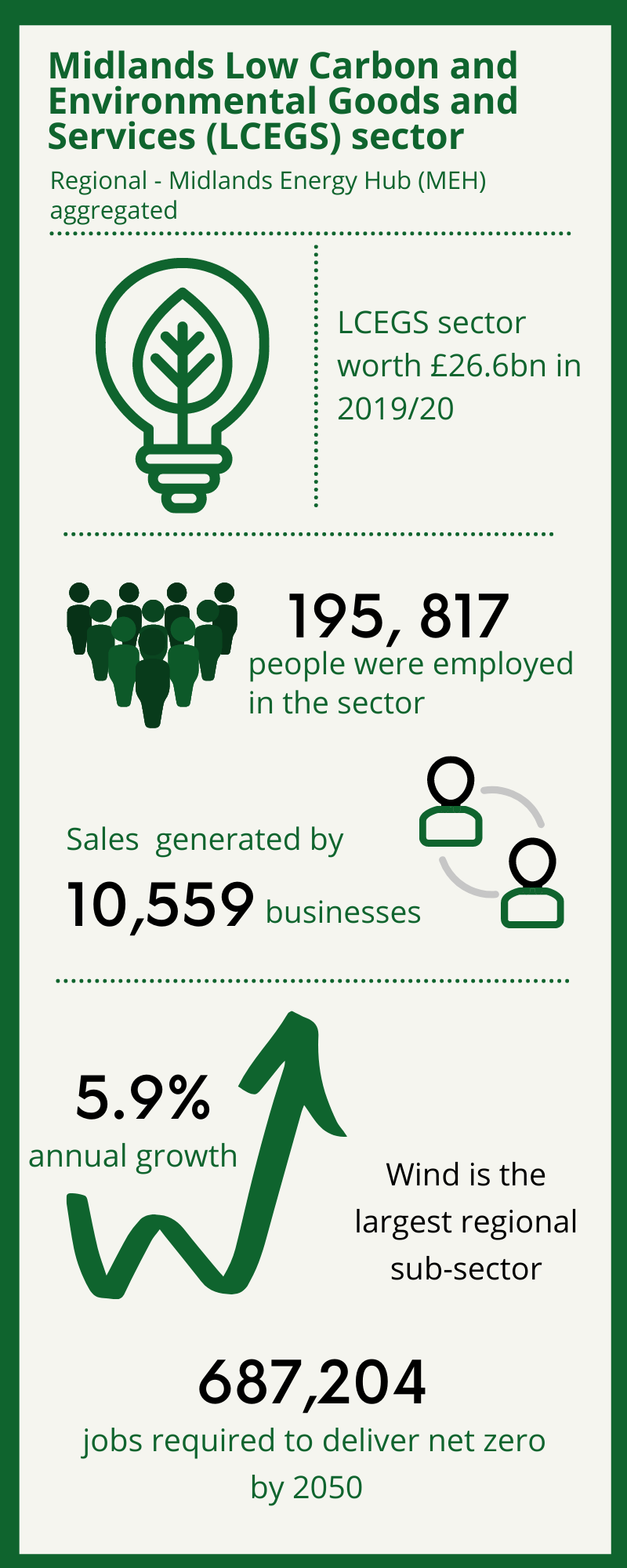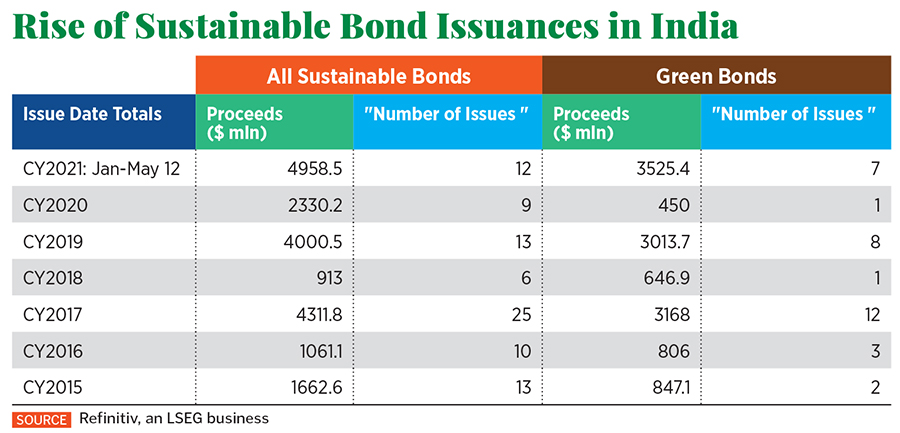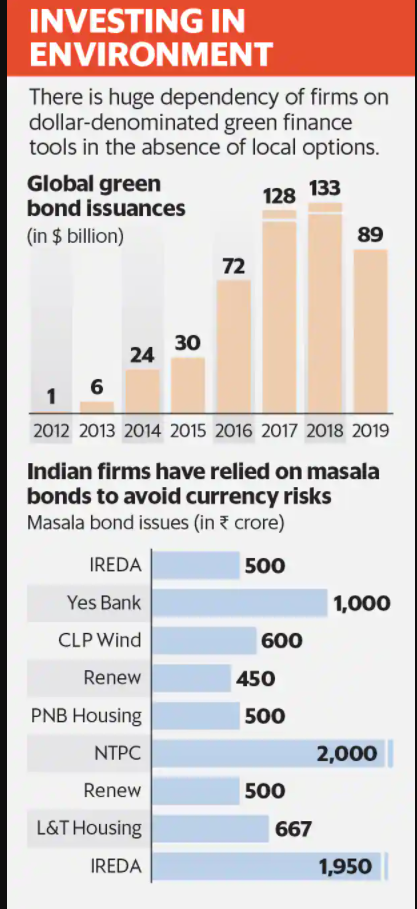India stands vulnerable to almost all the threats from Climate change, even the giant water trail that India tries to avert each warm season.
It has been responsible enough to acknowledge the upcoming danger and at least is trying to devise green-clean methods to undo the wrong-doings it has done to its immediate surroundings.
However, down that lane, there is glaring way for business opportunities emanating from such ‘green economy transition’.
India with its potential and will to grow, can upskill and exploit the burgeoning demand for clean technologies to create industries and reap much of profits attached to it.
This “green marathon” open avenues for the nurture and export of clean technologies and gain access to international markets based on its exposure.
And ostensibly, countries those will keep focusing on fossil fuels will find themselves losing in the international market.
Any early attempt may provide an upper hand in terms of capital and expertise needed to scale up the industry, and any possible innovation in these may lead to better adaptation in domestic markets too.
In recent years of “green importance”, China has already established itself in the era of affordable photovoltaic cells, Europe is a constant innovator in wind energy whereas Japan and the USA are ruling the electrical vehicles.
India’s elevated stature in green sectors:
Much to our surprise, India already has an established industry in low-carbon environmental goods and services (LCEGS).
LCEGS provides solutions concerning air, noise & marine pollution, contamination of resources, environmental analysis & consultancy, and waste management & recycling.
It has expanded to cover renewable energy technologies like hydro, wave & tidal power, geothermal, wind & biomass, and emerging low-carbon activities like reduced emissions from the transport & construction sector, nuclear energy, energy management, carbon capture & storage (CCS) and even carbon finance.
According to a British Government report: “Of the LCEGS market of 3,046 billion in 2007-08, the low-carbon businesses accounts for nearly half of the market or 1,449 billion. Renewable energy accounts for 31% or 940 billion, and traditional environmental activities make up the final 21% or 657 billion.”
India has a greater affinity at home for green goods and services and is even hopeful of a green boom in coming years.
Even the Smart Cities Mission can be the driver for public sector to upscale investment in smart technologies in LCEGS sector, which could possibly include retrofitting of public sector buildings, smart energy grids and broadband access, electric vehicle charging infrastructure, installation of heat networks, onsite renewable energy generation and involvement in general adaptation/mitigation initiatives.
As a country, it cradles a considerable population able to utilize economies of scale, greater knowledge asset to innovate and prosper, Industrial regard to welcome the transition using alternatives and political will to help its public cope up with effects of using such green alternatives.
However, a few reforms are indeed required to provide an impetus to further full-scale development of the sector and industry involved.
India’s unrealized role in World’s Green Potential:
According to Economic Survey: “India is on track to achieve its NDCs (goals). The survey further highlights the significant leap in India’s renewable energy sector i.e. 83 GW targets being achieved out of aimed target of 175 GW Renewable Energy under one of the world’s largest renewable energy expansion programs.”
Truthful to our NDC for Paris Agreement, the country plans one of the largest green energy projects hopeful of generating 20,000 megawatts (MW) of solar power and 3,000 MW of wind power.
It controls Asia’s third-highest LCEGS sales with 6% share of the 3,046-billion global market and becomes even the second-highest in terms of proportion of GDP.
Green technology however, may not be cheaper but is undoubtedly, labor-intensive. The investment or incentive offered in such technologies may help yield greater employment opportunities for our abundant labor force.

That is, the more the green technology operations we undertake, it dares to offer even more employment necessary for economic development in the long run, especially for the country that has a double-digit unemployment rate.
The report mentioned above forecasts a 45% growth in the Environmental economy in the next eight years driven by low-Carbon emerging techs and hence, consequent employment projected to grow by 4,00,000 jobs over the same period.
For territorial arena, we will need robust and reformed innovation systems along with increased public access to green demands.
But for international markets, where there is cut-throat competition for any form of trade, we need to resuscitate our intellectual property systems or patent allocation methods.
Green Patents guide our way to greater opportunities:
Green patents are the patents held for technologies concerning waste management, wind power, geothermal energy, solar energy, tidal energy and biomass etc. or simply, the legal protection for anything that offers an environmental benefit.
And the classification of such patents, is based on the international patent classification code.
The ‘fast tracking’ of such patent programs have already initiated in various countries, like Australia, Japan, United States, Canada, United Kingdom, Korea, Israel, Brazil and China.
Even World Intellectual Property Org (WIPO) has launched an on-line marketplace for green technology called WIPO GREEN, terming intellectual property (“IP”) as a matter of ‘life and death’.
Stronger IP rights on green technologies enable scalability, enables green technology creation, adaptation and distribution, greater security to trade secrets and consequently better diffusion of such technologies in other adopting countries.
It is even observed that if the protection for green technology IPs is weakened, innovation capital can be diverted elsewhere, which is definitely not an option because Non-renewable resources are finite, and climate change is a reality.
India and the green sector:
Through its patent numbers are bleak i.e., only 12,000 in a country of 1.37 billion people and its part of GDP spending on R&D being only 0.7%, India’s high-value patents pertaining to green tech are 13% of its entire gamut, falls in line with the world average.
Although India is not a leading inventor of Green-technologies but is witnessing a surge in processing out its green patents.
In 2013, the country filed approximately 1,140 high-value green patents that soared to 2,505 green patents in 2017, while Brazil filed only 300 and South Africa 150. China, already a leader in the race, filed a staggering 16,000.
With these reforms and innovations in place, India’s greater aim of achieving 20 gigawatts solar energy by 2022 under National Solar Mission is no longer aspirational but a reality in making.
With constant efforts, we may even become an invincible recipient of investments and foreign direct investments for the enhancement of our green market by 2025.
Indian Firms and Green Investment:
According to pwc: “A green strategy is essential to coordinate among policymakers, regulators, institutional investors, and consumers. Awareness, understanding, and availability of green investment options over alternatives will be key”.
Indian firms, however, faces a challenge with respect to the cost of hedging for currency risk which is roughly 3-4%, for which a dedicated fund can be created by Indian Government.
It can dare to provide hedging services at less cost or reduce the risk of underlying investments through partial guarantees.
With advent of Climate threats, all eyes are on companies to make sustainable choices.
Dow Jones Sustainability Index (DJSI) provides in-depth assessment of Companies on environmental, social and governance (ESG) performances.
DJSI 2019 included 12 Indian companies in its list like Havells India and Godrej, which aims to focus on making its packaging material to be 100% recyclable, reusable, recoverable or compostable by FY2025.
UltraTech ranked amongst the top 10 companies around the globe in the ‘Construction Material’ Industry sector, that has integrated low carbon strategy to address SDG 13 (climate change).
According to Barclays Bank India: “From 2013-14, when globally ESG issuances were around nearly $30 billion, it has now accelerated to nearly $500 billion by the end of 2020.”
“Corporates are now far more conscious, and they are thinking about their business objectives through the lens of sustainability and are also tying themselves to specific goals”.
Indian firms tend to raise capital through green bonds and Masala bonds.
As per May 2021, a dozen Indian firms issued sustainable bonds (including 7 green bonds) and raised approximately $4.96 billion.
Examples include ReNew Power, Greenko, Hero Future Energies, Continuum Green Energy Pvt Ltd, Shriram Transport Finance, and UltraTech Cement Ltd.
The amount raised in the last four-and-a-half months has been twice of what Indian companies had raised in last year collectively.
These bonds come with a benefit for borrowers as these are raised at a cheaper rate compared to normal bonds (appreciation in lieu of working for Environment).
“Historically, a lot of renewable companies have tapped the green bond market and have done repeat issuances over the last five years,” projections by Fitch ratings.
Even Moody’s expects a record $650 billion in global sustainable bond issuances in 2021.
India can surely choose to run in the race, for it has the right ingredients for fostering the greener workhouse of the World. It just needs to re-invigorate its existing Institutions as per World’s changing dynamics just so that another golden opportunity is not lost forever.





